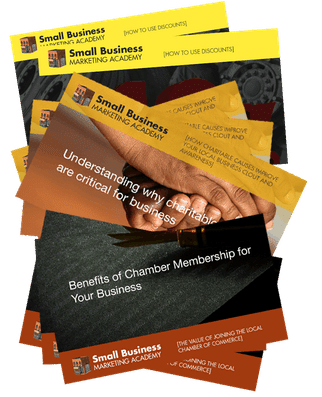

- Directory
- Recent
-
Featured
-
Featured
- Recent
-
- Programs
- Digital Nomad
- Side Gigs
- Resources
Select Page
10 people find this post amazing!

Operating a restaurant has not changed much fundamentally in the past 50 years, but running a profitable restaurant has. In this second part of Restaurant Business Essentials, experienced industry consultant David Scott Peters, founder of TheRestaurantExpert.com, will show you how to manage and control two of your biggest expenses: food and labor costs.
This information-packed workshop will cover how to look deeper into these costs to take back control of your expenses and improve your bottom line. He’ll give you the formulas for finding your pizzeria’s true costs by category and then lowering them.
You’ll also learn how to avoid profit-draining labor practices; cost out your recipes and maximize the amount you make on each item; see where employees working in more than one position have the most potential for time-clock abuse; and other ways to control your biggest costs.
• How to begin to make more money with the menu you currently have
• How to turn the product on your shelves into cash in the bank
• How to find your restaurant’s true costs by category and then lower them
• How to cost out your recipes so that you make money on every menu item
• How to avoid profit draining labor practices and take back control of your time clock
• What to do to ensure you are using your labor dollars in the right department at the right time
• Why employees who work more than one position in your restaurant have the greatest potential for time clock abuse
The first step in controlling food costs is to determine what they are, per diner. You can do this by calculating the expense of each ingredient that goes into each dish or divide the total number of diners you serve per month by your monthly food costs.
Food costs include the cost of the food, delivery, interest on those purchases, spoilage, theft, and make-good meals returned for lack of quality.
Knowing the food costs of individual dishes lets you determine whether they belong on your menu. For example, if your overhead cost per customer is $7 and your food cost for a specific lunch dish is $4, your cost to serve that customer is $12.
Customers must pay $11, as well as for a drink, tip and tax, and your desired profit margin, which brings the bill to more than $15.
If your target customer wants to spend $12 or less on lunch, this item doesn’t belong on your menu.
Use ordering, inventory, and security techniques that reduce food from going bad or being stolen. Keep track of monthly and annual traffic to better project demand and prepare for sales peaks and valleys.
Record how many dishes are returned each service and why, and how many meals you comp or replace to determine if the problem is a particular cook or one or two dishes you need to eliminate.
Review your expected tables for each service during the week and mix your staff to ensure you don’t end up with all rookies during one lunch rush and all veterans during a slow dinner. Have fewer staff members for set-up and takedown than during a service to minimize your costs.
To keep costs low on slow nights without losing staff, offer a cancellation fee to staff you schedule but send home. You’ll pay staff for not working, but pay less than if they had stayed doing little or no work.
The more each staff member can do, the more productivity you’ll receive from each. Slow service can doom a restaurant as customers leave or make the decision not to return.
Train your prep cooks to prepare menu items and managers and bus staff to serve diners to help out during rush periods, recommends the website Food Service Warehouse.
Restaurants rely on repeat customers and sales of non-entrée items to maximize revenues. Paying the least amount for dining room staff can lead to frequent turnover and poor customer service.
Consider paying high-quality, trained staff more and teach them to know how to sell specials, upsell appetizers, desserts, and drinks, remember regular customers and their preferences and work with your kitchen staff to get orders in and out quickly.
If you need further convincing that digital marketing is right for your business, get in touch with us. At Crucial Constructs, We’re willing to listen to you and answer your questions. Contact us today!
“Opportunities don’t happen. You create them.” -Chris Grosser
“Success usually comes to those who are too busy to be looking for it.” -Henry David Thoreau
“Don’t be afraid to give up the good to go for the great.” -John D. Rockefeller
Learn More about Online Marketing Classroom: Click Here Now!
Learn More about the Academy here: Click Here Now!
The Crucial Constructs Academy is a Free Video Training Course Available only to our Readers and Subscribers. A thorough and detailed training available to you. Find out more about it here. Click and Learn.
Table of Contents

Achieve Your Goals Now!
